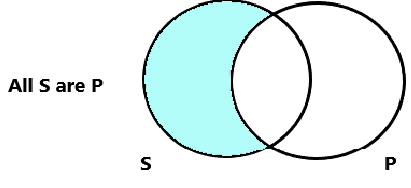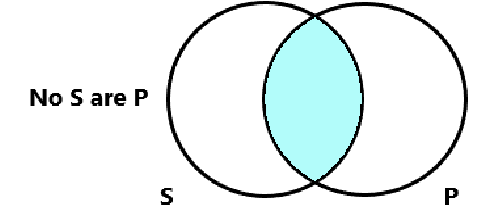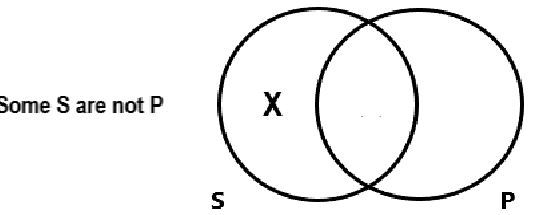Chapter 4: Venn Diagrams for Immediate Inferences (Symbolic Logic)
1/11
There's no tags or description
Looks like no tags are added yet.
Name | Mastery | Learn | Test | Matching | Spaced |
|---|
No study sessions yet.
12 Terms
venn diagram
a diagram that uses interlocking circles to represent classes
emptiness
nothing exists in the shaded area
What does shading indicate in a Venn Diagram?
SOMETHING exists in that area
What does an X in an area indicate in a Venn Diagram?
no information about that area
What does having no marks indicate in a Venn Diagram?
A Statement Venn Diagram (Modern View)

E Statement Venn Diagram (Modern View)

I Statement Venn Diagram (Modern View)

O Statement Venn Diagram (Modern View)

diagram its contradiction
What do you do when a categorical statement starts with “it is false that?”
A and O Statements contradict each other
E and I Statements contradict each other
What pairs of statements contradict each other?
Diagram the premise.
Ask: Is the information in the conclusion already in the premise’s diagram?
If yes, the argument is valid
If no, the argument is invalid
Steps to Test an Immediate Inference Using a Venn Diagram
reduce the number of classes WITHOUT changing the content of the argument by using one (or more) of the operations from chapter 3
Ex:
Conversion
Contraposition
Contradiction
Obversion
What do you do when more than 2 classes are mentioned (in an immediate inference) because there’s a reference to one or more class components?